When selecting tiles for residential or commercial spaces, aesthetics like colour and pattern usually take centre stage. However, one crucial yet often overlooked factor is slip resistance, which becomes especially important in wet or high-traffic areas like bathrooms, kitchens, patios, and pool decks.
One key element that directly impacts slip resistance is the surface finish of the porcelain tile. Different finishes affect how much traction a tile provides—this can mean the difference between a safe space and a potential slip hazard.
This blog dives deep into evidence-based research, UK safety regulations, manufacturer insights, and field performance data to help you understand which porcelain tile finishes offer better slip resistance—especially important as our product line is primarily composed of high-quality porcelain tiles.
Why Porcelain Tile Finish Matters for Slip Resistance
Porcelain tiles are known for their durability, water resistance, and low porosity, making them ideal for moisture-prone areas. But even with all these benefits, their finish plays a critical role in slip safety.
Here in United Kingdom, slip resistance is assessed using the Pendulum Test, as recognised by the Health and Safety Executive (HSE) and guided by BS 7976, soon to be replaced by BS EN 16165.
Understanding the Pendulum Test
The test simulates a foot coming in contact with the floor using a swinging rubber slider. The 55 rubber slider simulates barefoot and the 96 rubber, a shod foot.
The resulting number is the Pendulum Test Value (PTV), which corresponds to risk levels:
- 0–24 PTV – High slip risk
- 25–35 PTV – Moderate slip risk
- 36+ PTV – Low slip risk (recommended for public and high-traffic areas)
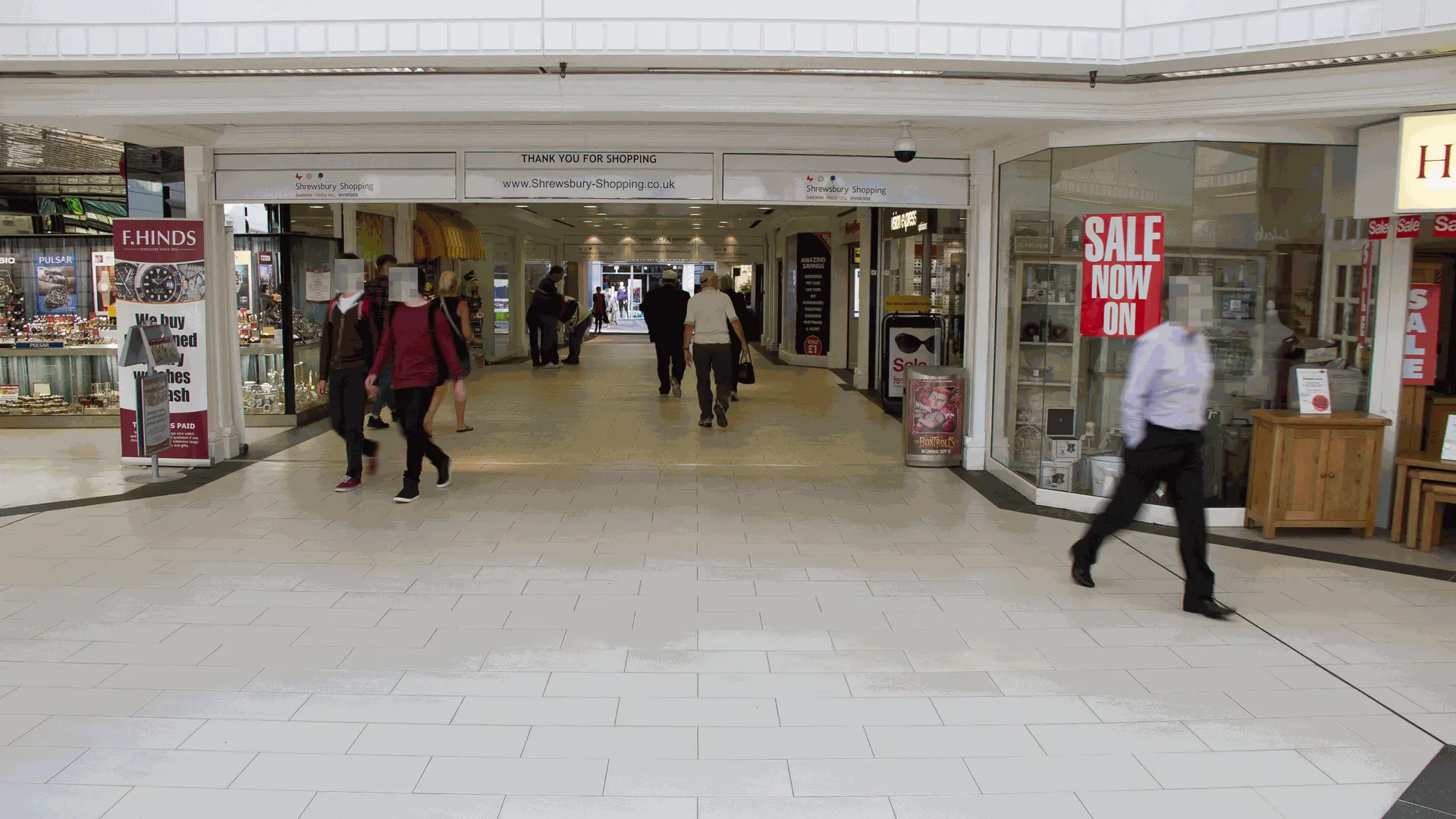
Porcelain Tile Finishes with Higher Slip Resistance
→ Matt/Natural Finish
Matt/Natural porcelain tiles have a non-reflective, slightly textured surface that provides improved traction, especially in wet environments. It is possible to get +36ptv with a natural finish and these are suitable for wet areas and easier to keep clean.
Best used in:
- Bathrooms
- Kitchens
- Entryways
- Dining rooms
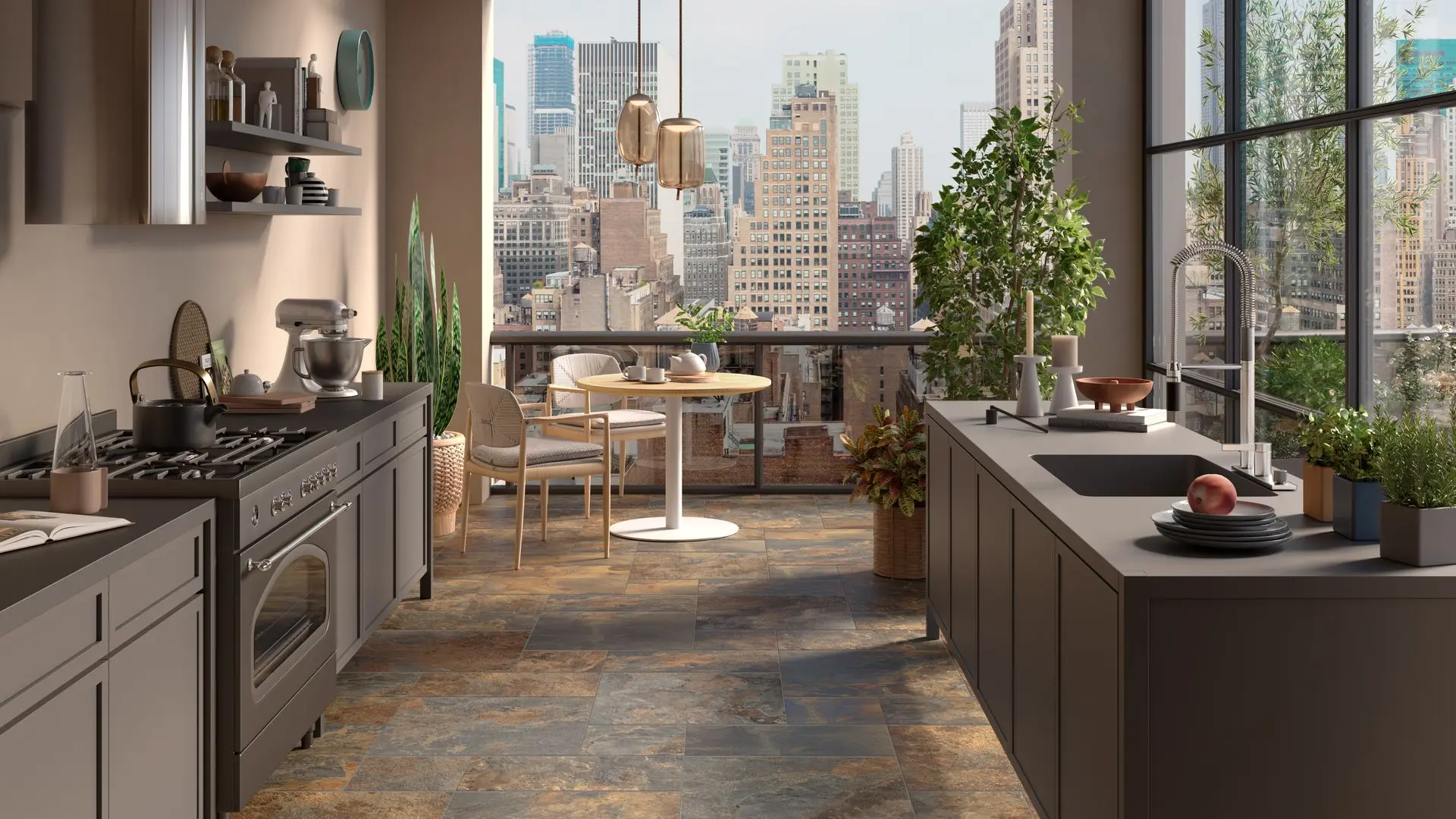
Real-World Application: Clients often choose natural finish porcelain tiles for both residential and light commercial settings where slip resistance and authentic design are both priorities.
→ Grip R11 Porcelain Finish (+36 PTV)
Grip porcelain tiles are designed with raised patterns, grooves, or grain-like surfaces, which significantly increase friction. These finishes are intentionally engineered for high-traction needs, achieving PTV values well above 36.
Best used in:
- Outdoor patios
- Pool surrounds and Spas
- Commercial entrances
- Sloped walkways
- Garden pathways
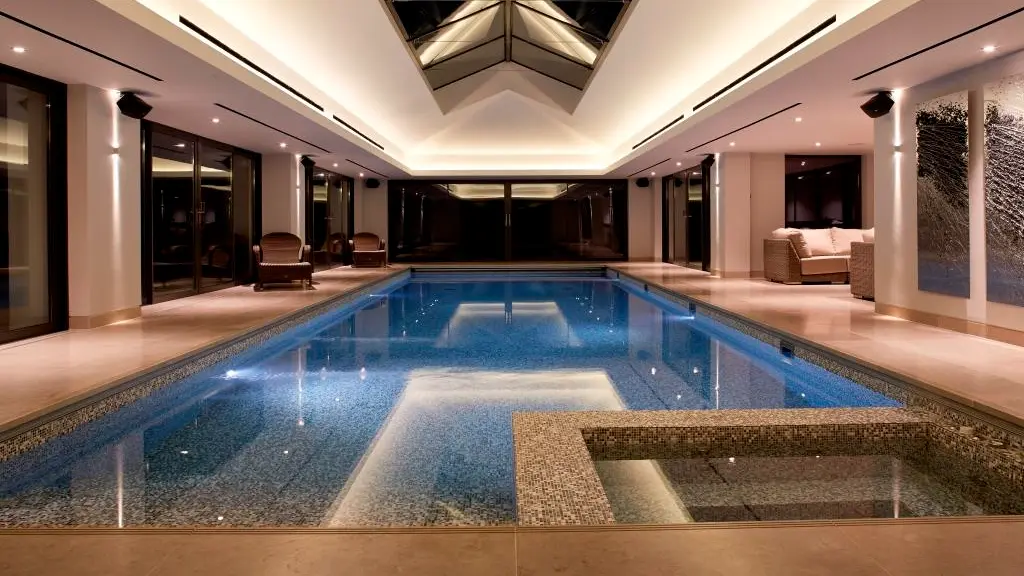
Slip Test Results: Many R11-rated tiles tested in the UK exhibit PTV scores of 40–50, making them ideal for wet and sloped areas.
→ Bush-Hammered Porcelain
Bush-hammered porcelain tiles are mechanically treated to create a heavily textured surface, mimicking the grip of flamed or bush-hammered natural stone. This heavy-duty finish is excellent for commercial, industrial environments and even in wet conditions .
Best used in:
- Ramps
- High-traffic outdoor areas
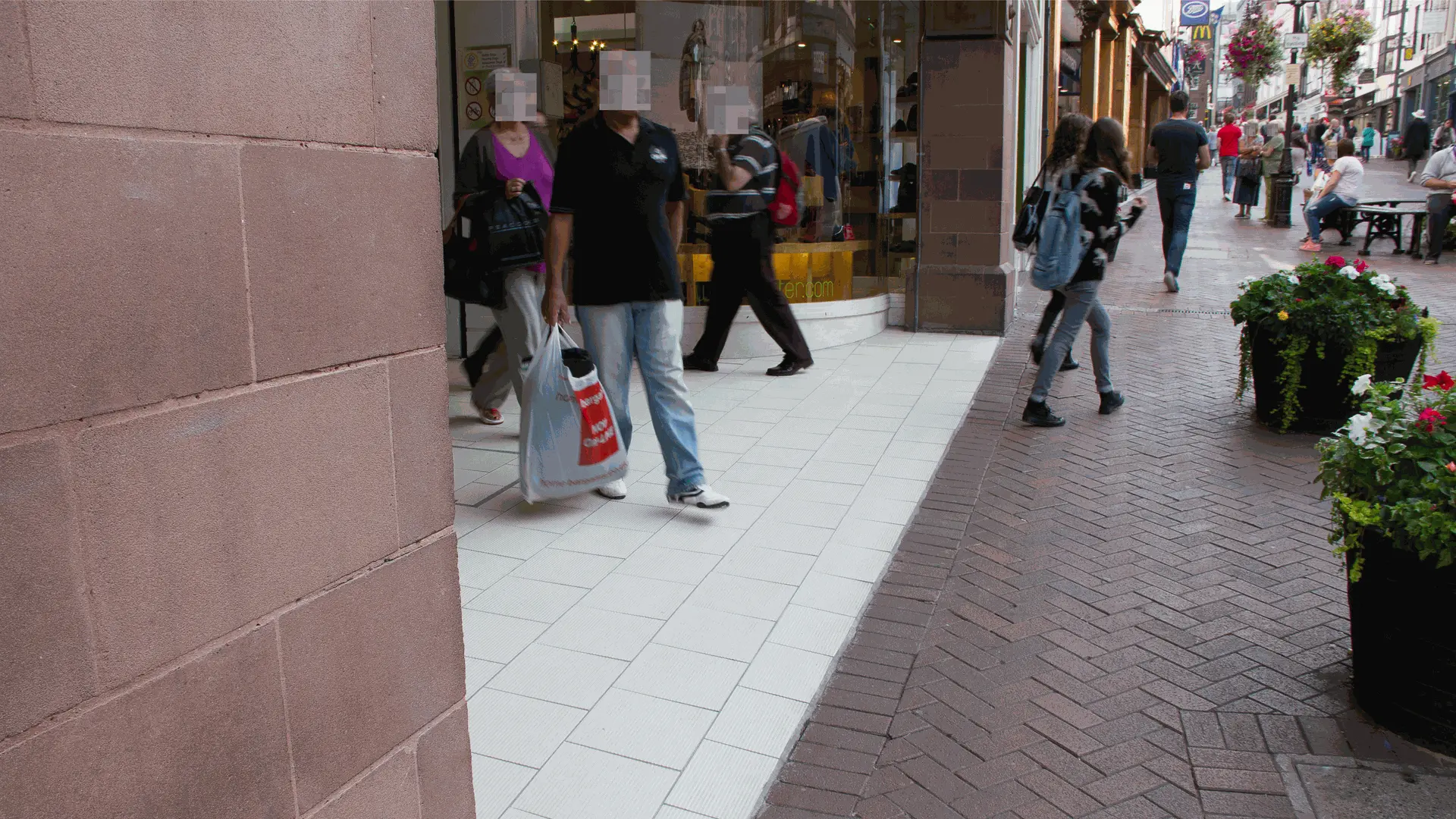
Proven Performance: Safety audits and pendulum testing regularly show PTV values of 36+, ensuring performance in high-risk, moisture-prone areas
Porcelain Tile Finishes with Lower Slip Resistance
→ Polished Porcelain Finish
Polished porcelain tiles have a mirror-like surface that is aesthetically pleasing but poses a high slip risk when wet. These tiles often register PTV values under 25 in the wet and they are best reserved for dry areas.
Best used in:
- Decorative walls
- Indoor spaces
- Low-traffic
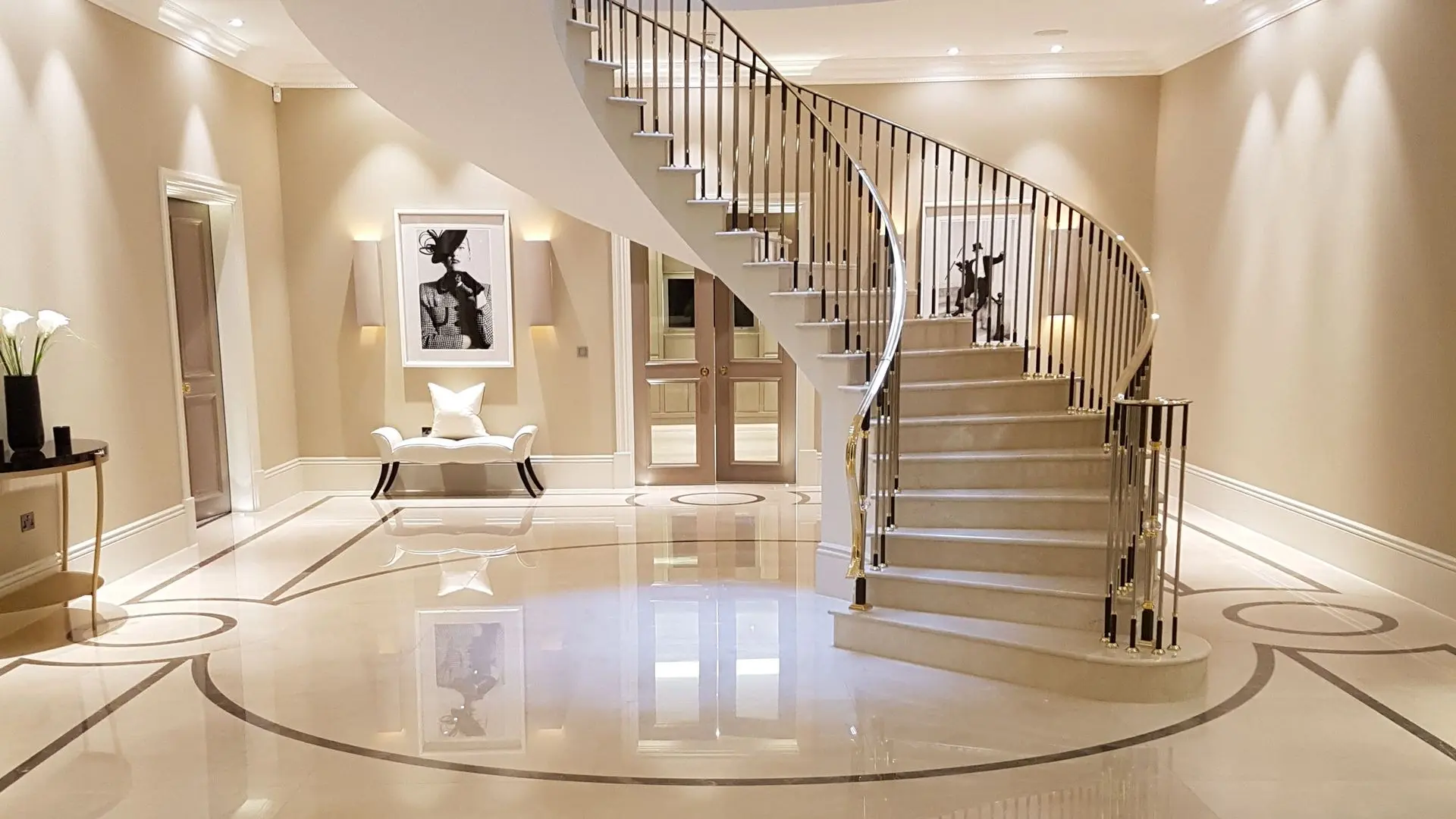
Safety Risk: Polished tiles often fall below the recommended PTV level and should be avoided in bathrooms or kitchens without anti-slip treatments.
→ Semi-Polished/Honed Porcelain
Semi-polished/Honed finishes are partially polished to give a soft sheen without the full gloss. While they offer slightly more traction than polished tiles, most still fall within the 25–35 PTV range, indicating moderate slip risk they re still not ideal for wet zones.
Best used in:
- Bedrooms
- Dining rooms
- Dry areas
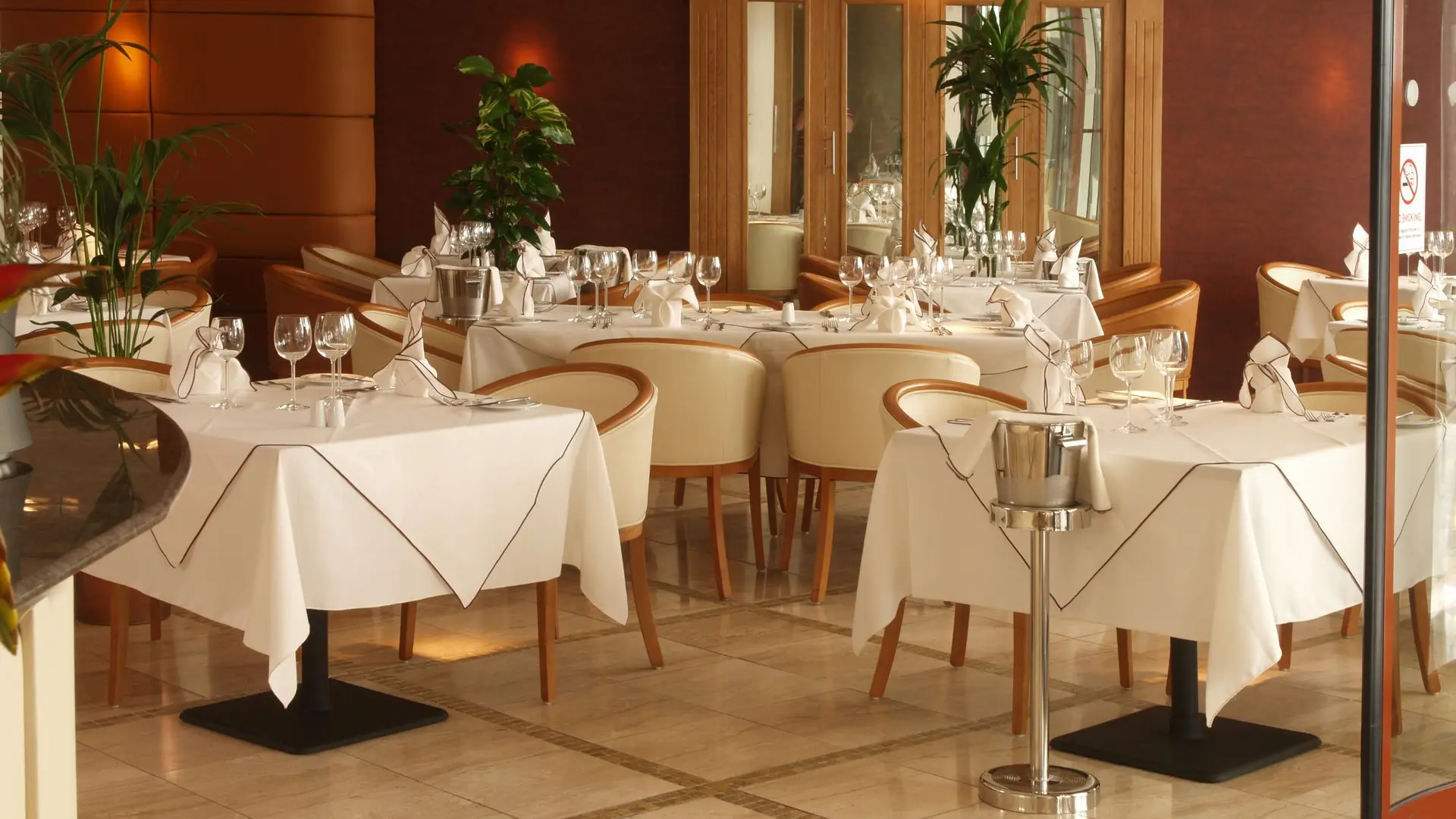
Caution: Semi-Polished/Honed tiles may give the illusion of grip, but they still lack the necessary surface friction for safety in bathrooms or wet kitchens.
Other Factors Affecting Porcelain Tile Slip Resistance
→ Porcelain's Low Porosity
Porcelain naturally repels water, meaning liquid stays on the surface instead of seeping in. While the surface remains clean and durable, it may also become slippery if not paired with the right finish.

→ Environmental Contaminants
Even the most slip-resistant porcelain tile can lose traction when coated with oil, soap, or dust. Regular cleaning is essential to maintain safety.

→ Footwear and Surface Use
Footwear plays a huge role. Rubber soles and grippy shoes perform much better than leather or bare feet, especially on smoother porcelain tiles.

Final Recommendations
For safe flooring with porcelain tiles in line with UK HSE guidelines , choose:
-
Choose tiles with a Pendulum Test Value (PTV) of 36+
-
Prioritise Matt, Textured, Bush-Hammered, or R11-rated finishes
- Use anti-slip coatings if polished tiles are used decoratively
- Consider surface contaminants and cleaning routines as part of your safety strategy
Avoid polished or semi-polished finishes in moisture-prone areas unless enhanced with anti-slip coatings or used strictly as decorative surfaces.
Conclusion
Porcelain tiles are a premium choice for both residential and commercial projects, thanks to their strength, water resistance, and design versatility. But when it comes to slip resistance, the tile finish can make all the difference.
By selecting tiles that meet or exceed the UK’s recommended PTV of 36+, such as matte/natural, grip-textured, or bush-hammered finishes, you ensure both aesthetics and safety—whether at home, in a business, or in public spaces.

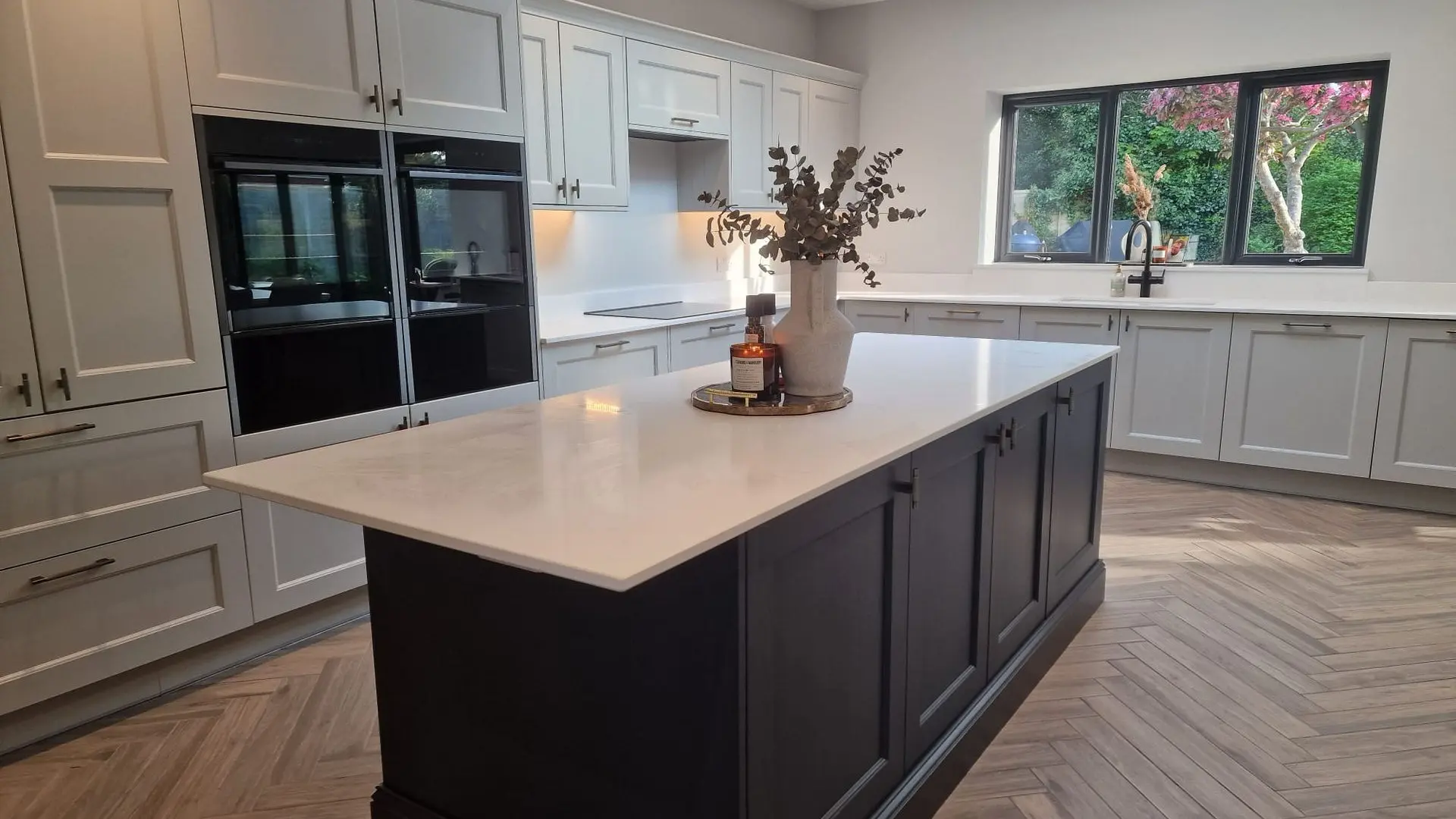
What Finish of Porcelain Tile Affects the Slip Resistance?